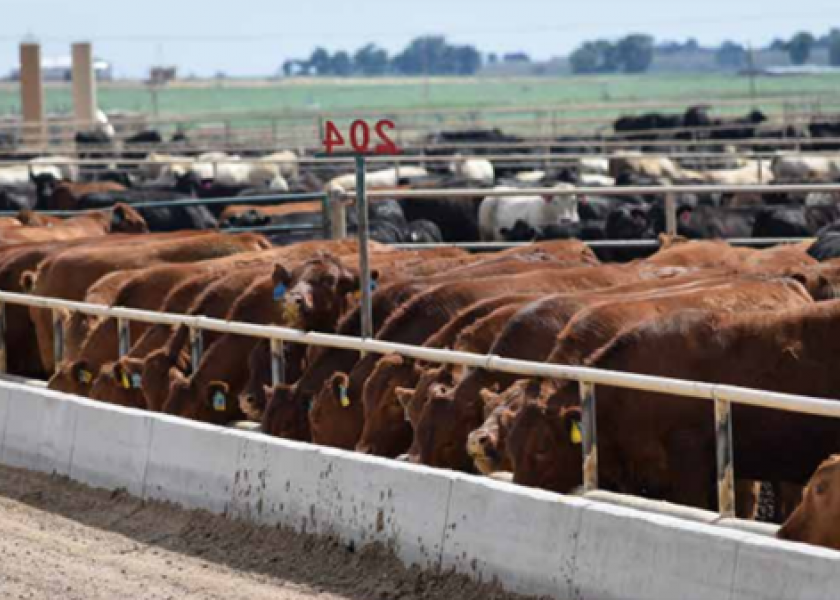Genetics Valued Over Hide Color

Genetic merit should matter more, while hide color should matter less, according to a recent survey conducted by the Red Angus Association of America. Results show cattle feeders and other industry stakeholders would like to see the feeder cattle market become more objective in its pricing methods. Respondents believe the current hide-color emphasis has endured beyond its point of greatest benefit and needs to be replaced.
“These results portray the sentiment of the cattle feeding sector and many others involved in the beef industry," said Tom Brink, RAAA CEO and administrator of the survey. “The logic of moving in the direction they desire certainly makes sense. A market that rewards objective value characteristics above superficial traits sends a strong signal for real improvement in feeder cattle quality and value.”
There is recognition by those surveyed that market emphasis on a black hide did help the beef industry improve historically, leading to higher-quality feeder cattle. However, survey data indicates 92% want changes for the future. Price discovery using specific genetic and genomic information on individual groups of feeder cattle can lead the industry in the direction of consistently better feeder cattle quality in the years ahead, and is preferred over hide color for that purpose.
“Going in the direction of genetics would be beneficial for producers and cattle feeders. It would open doors for both,” said survey participant Stacy McCasland, Palo Duro Feeders, Gruver, Texas.
The survey, conducted from Oct. 2021 – Feb. 2022, was the first of its kind in assessing opinions on how the feeder cattle market functions in the areas of animal appearance and genetics. Results indicate that cattle feeders want change in the way value is assigned. They seek a more objective market that establishes prices with little or no influence from hide color. Cattle feeders want pricing decisions based on value-oriented, objectively determined attributes, such as the genetic potential for growth, efficiency and carcass performance.
Rod Weeden of Cow Creek Feeders, Keyes, Oklahoma, referenced the consumer’s point of view saying, “No one cares about the color of the hide when they’re eating a steak.”
To access the entire report, visit www.RedAngus.org.







